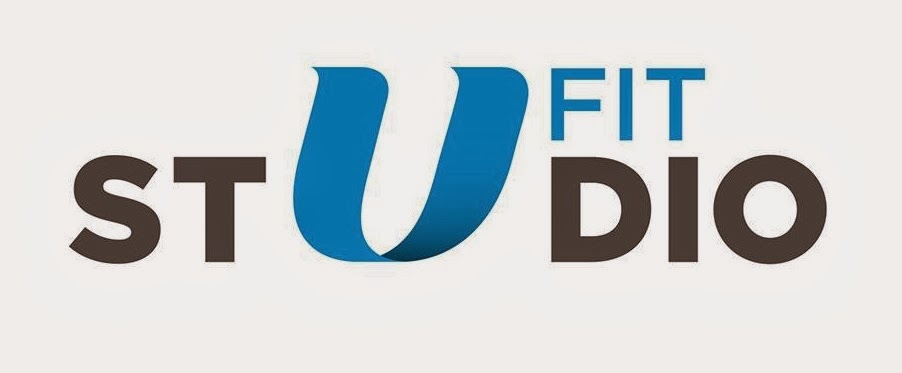I'd say not many.
For about 99% of people out there all they care about is improved aesthetics from altered body composition. This term covers:
- Muscle gain
- Fat loss
- Toning up
- Leaning down
- Getting abs
- Losing bingo wings
- Getting 'fit' for a beach holiday
So what about the other aspects of fitness? Here's a few more:
- Agility
- Mobility
- Stability
- Strength
- Power
- Posture
- Speed
- Aerobic fitness
- Anaerobic fitness
Here's a classic example that I hear from people who train, and aren't really sure of what they're doing.
"I hit a new PB today on the squat, I got 160kg for three reps."
Did you though, really?
My response to this is usually the same, can you squat your body weight though?
Most people give me a look of derision when I ask this question and, when they say yes, I'm usually faced with something like this:
If when asked, they sit just off the floor with their back flat and their heels on the floor then I stand back, tell them how impressed I am and to keep up the good work. (This hasn't happened yet).
The beauty of free weights is that they don't just isolate strength training, they force people to develop patterns of movement which make them more flexible and have better posture (healthier).
The simple truth is that if you are squatting 160kgs like this then you really aren't doing anything apart from creating an imbalance. I'll explain why.
Most of the power in the top half of a squat (demonstrated above) comes from straightening your knees. Conversely most of the power from the bottom of a squat comes from your glutes and hamstrings.
Any functional gain in terms of power and strength in an athletic sense will be greatly reduced. By chucking 160kgs on your back and straightening your knees, you're developing a very well defined pair of quadriceps, underdeveloped glutes and a knee/hip injury.
Rant over - Here's what to do
Put down the bar bell, put down your ego and train body weight until you can do a full deep overhead squat.
Perform flexibility training as follows.
Foam rolling
ART
Dynamic Stretching
Static Stretching
PNF Stretching
Motor Pattering
Treat it like you would treat your strength training. A flexibility session takes an hour. Commit to it and do it with rest periods and adequate recovery afterwards. If you do this, your flexibility will improve dramatically in a few weeks.
What needs to be done specifically is entirely dependent on the individual and what their limiting factor is. Contact me if you have any queries.
Call - 01162763411
Twitter - @rwlgym
Facebook - https://www.facebook.com/JeffLynchRwlGymCoach
Call - 01162763411
Twitter - @rwlgym
Facebook - https://www.facebook.com/JeffLynchRwlGymCoach


No comments:
Post a Comment